I have made a lot of progress with my Catan Board, including cutting player pieces to size and designing the board digitally. This has been a great experience so far, and I haven’t run into many problems or setbacks.
Roads, Settlements, and Cities: To create these game elements, I selected six different exotic woods based on their color and grain patterns. The woods I ended up selecting were walnut, longleaf pine, alder, cherry, oak, and buckeye. All these woods have appealing grain structures, which will be important when differentiating colors on the board. For each type of wood, I needed to make a minimum of 15 roads, 5 settlements, and 4 cities, totaling 90 roads, 30 settlements, and 24 cities. After selecting all the woods and determining how many pieces to make of each, I could begin cutting the wood using a bandsaw.
To make the roads, I cut 5mm slivers from the blocks and then cut these pieces to a length of 25mm. These were the easiest pieces to create, as they were square and didn’t require many different types of cuts. To create the settlements, I cut the wood into pieces approximately 10mm by 13mm by 10mm and then made additional cuts to achieve a sloped roof look. For the cities, I cut the wood into pieces roughly 10mm by 20mm by 20mm. From there, I removed one corner of each piece to form an “L” shape and again shaped a sloped roof. Here are my initial cut pieces:
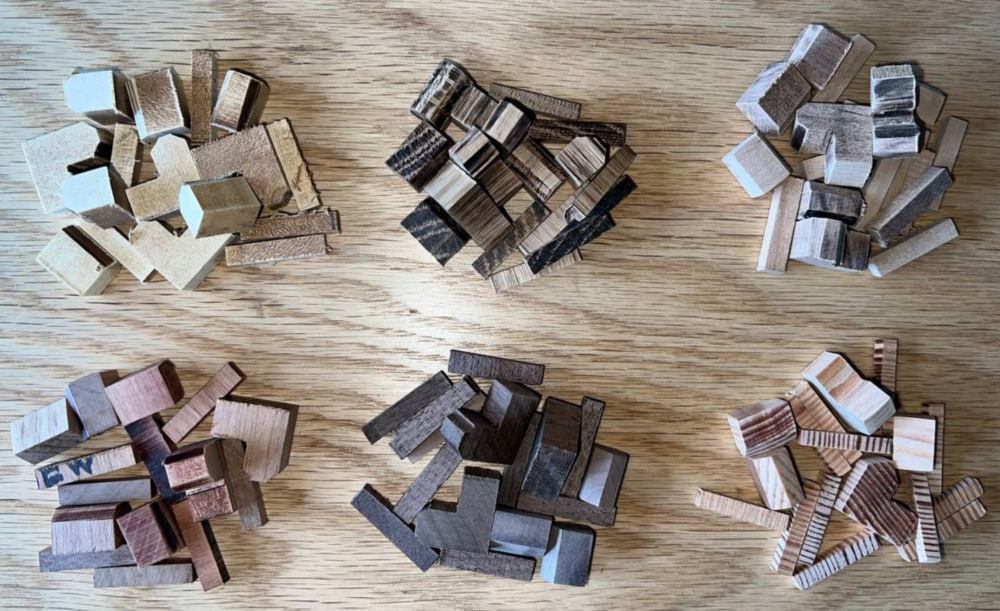
Top: Buckeye, Alder, Oak. Bottom: Cherry, Walnut, Pine
As you can see in these pieces, there are various cut and burn marks from the bandsaw. The cities and settlements also only have an initial cut on their sloped roofs. To correct these issues, I will use 220-grit sandpaper to refine the slopes of the roofs to the correct dimensions and remove any burn and cut marks from all pieces. This is a very important step to highlight and reveal the grains of the wood. This sanding process will be lengthy but necessary.
Dice: I have begun making dice for my Catan set. For these pieces, I used oak and walnut, cutting them into approximately 20mm x 20mm x 20mm cubes. These are shown below. My next step will be to puncture small dents into the sides of the dice to represent the numbers, then fill these dents with black epoxy to highlight the dots. After that, I will sand and finish the dice with a stain.
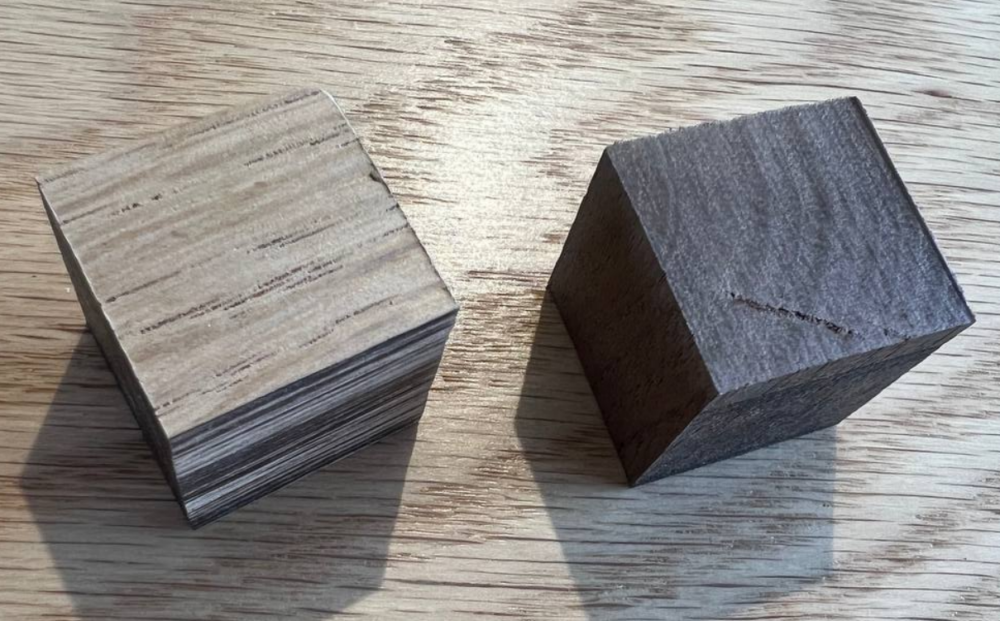
Design of Game: I have made significant progress with the design of my game. I used Affinity Designer on my iPad for creating these designs. This program is a vector graphics tool capable of converting images into DXF files required for laser cutting. Throughout my design process, I aimed to create simple yet descriptive designs to maintain a rustic aesthetic. Here are my designs for each component:
Tiles:
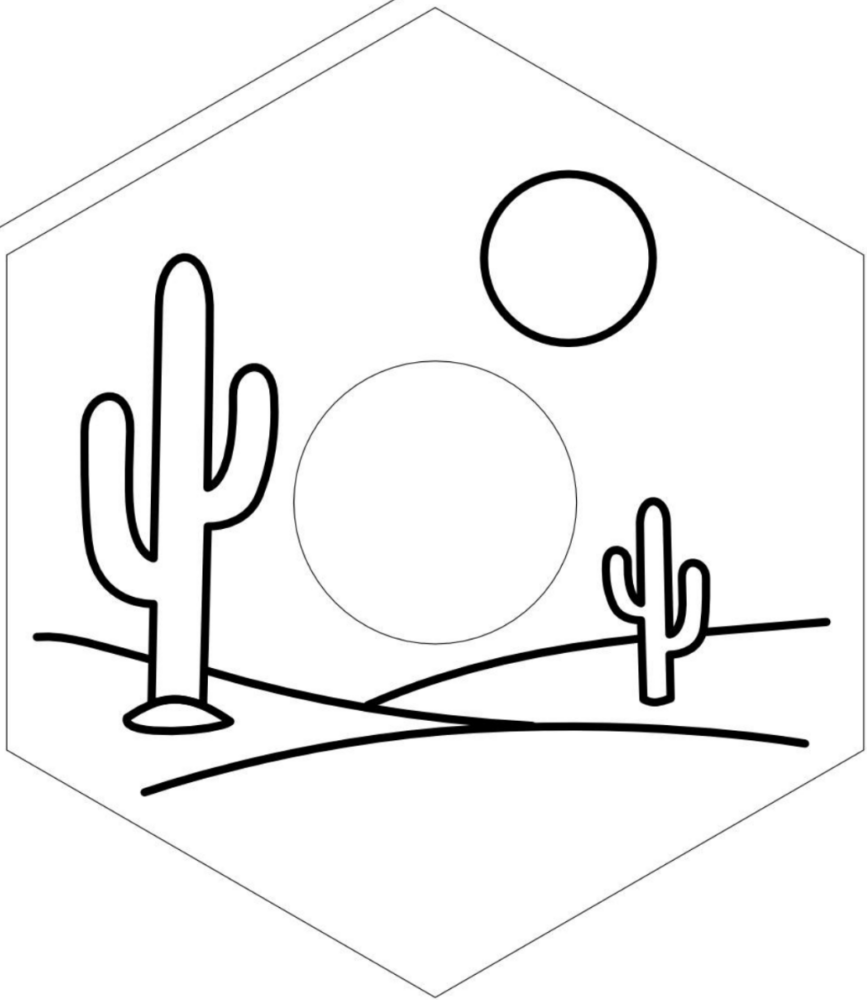
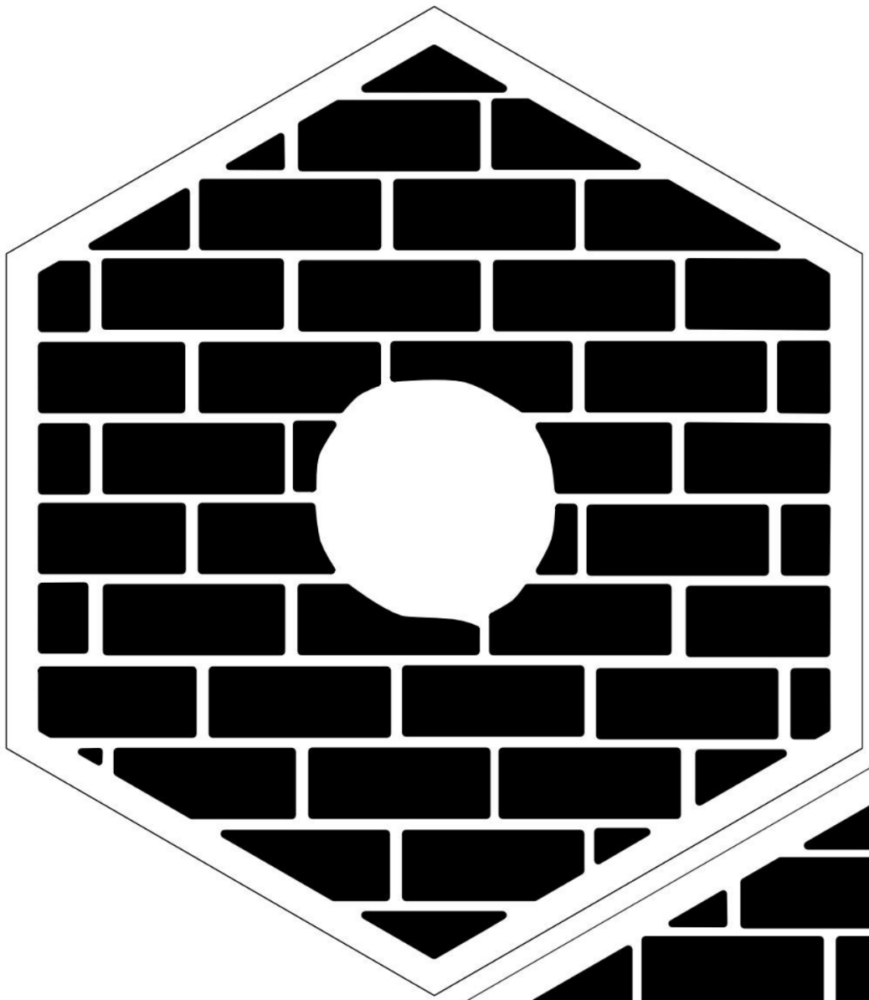
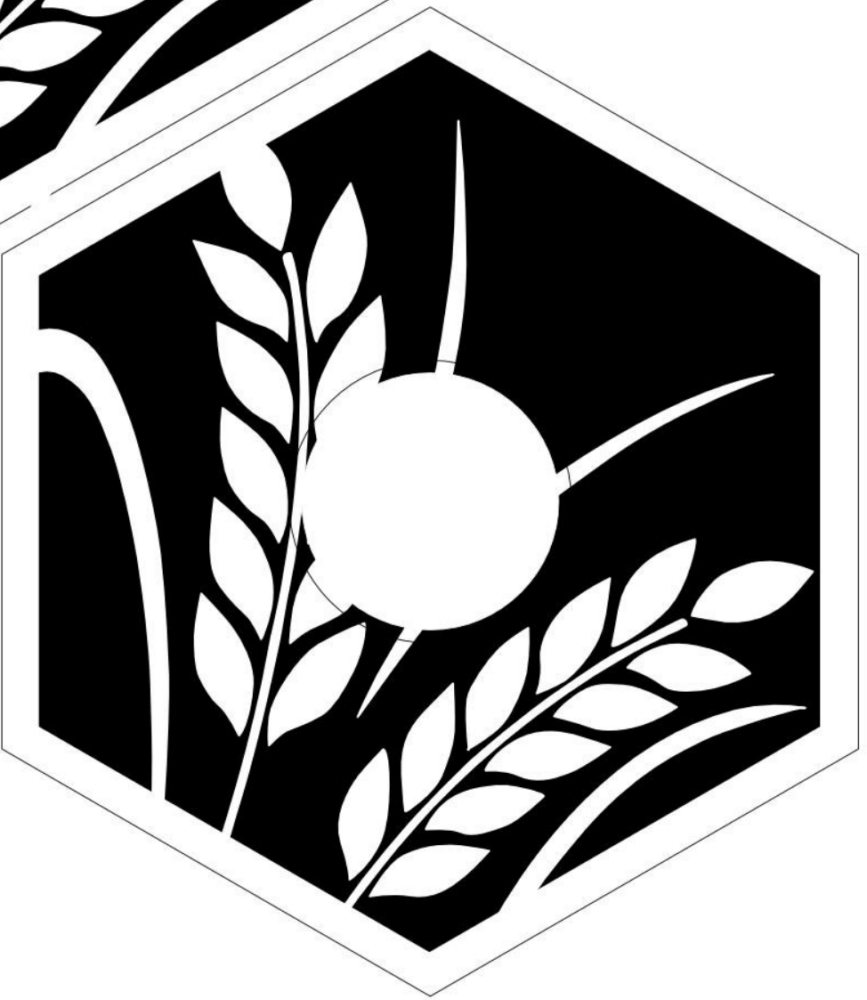
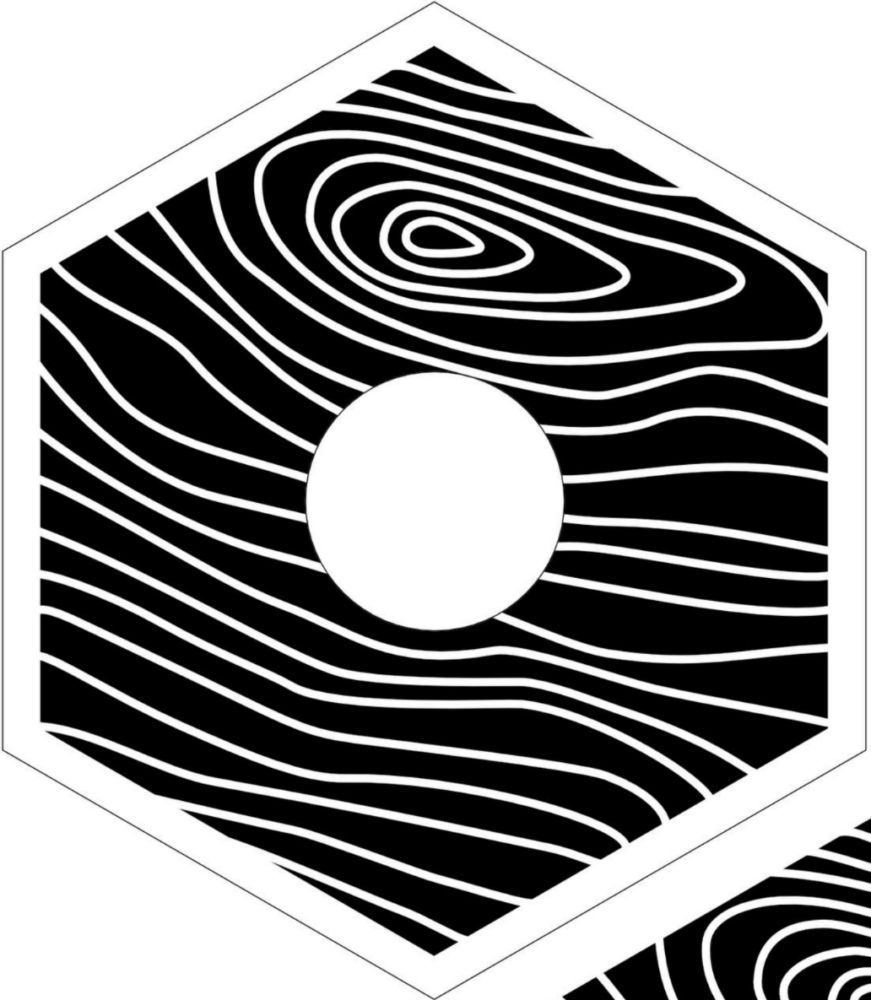
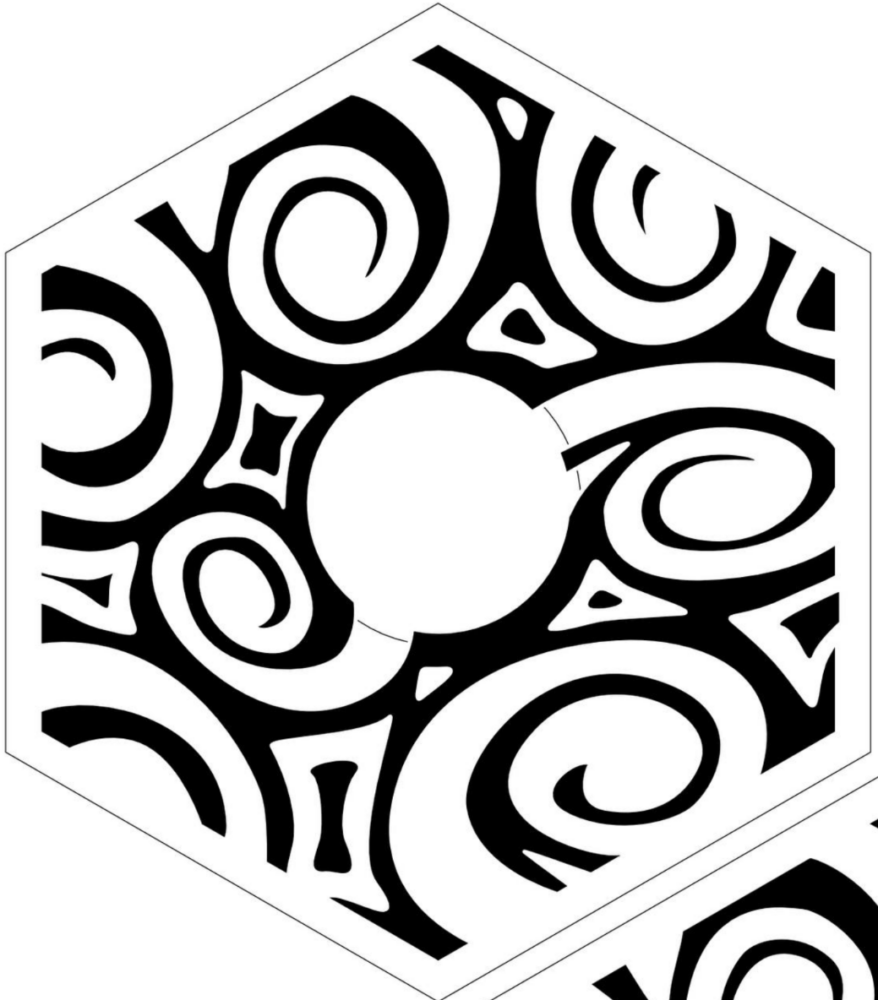
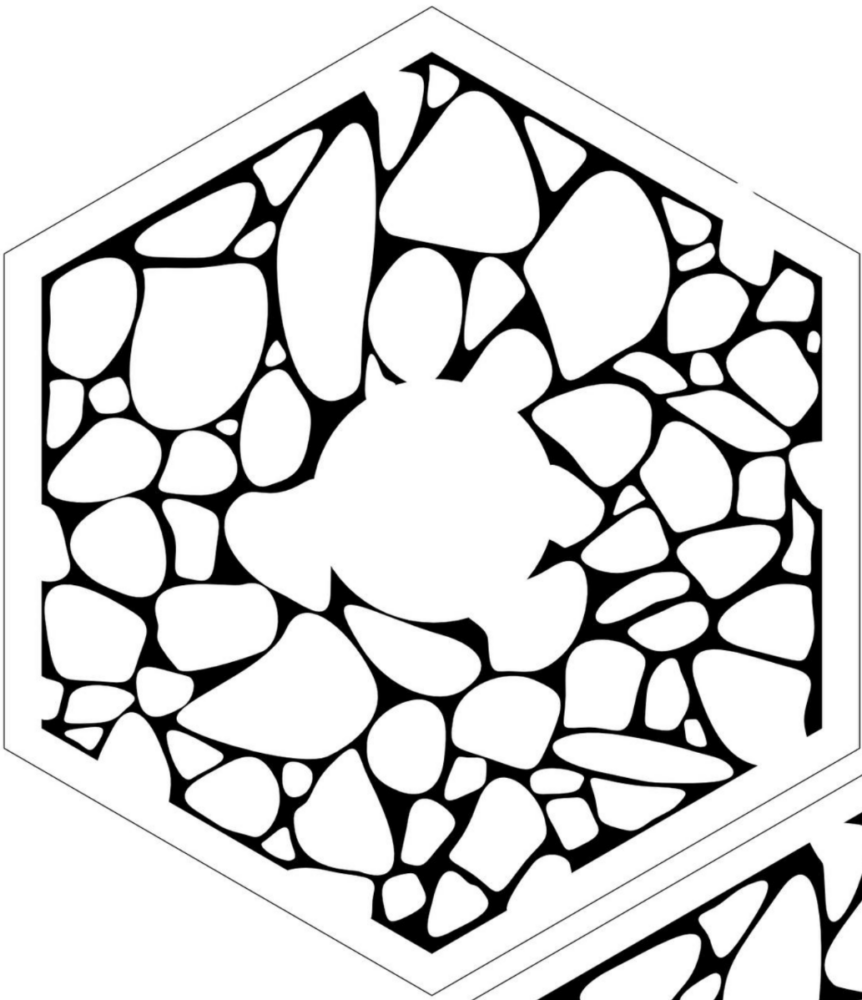
Top: Desert, Brick, Wheat. Bottom: Wood, Wool, Rock.
Border:
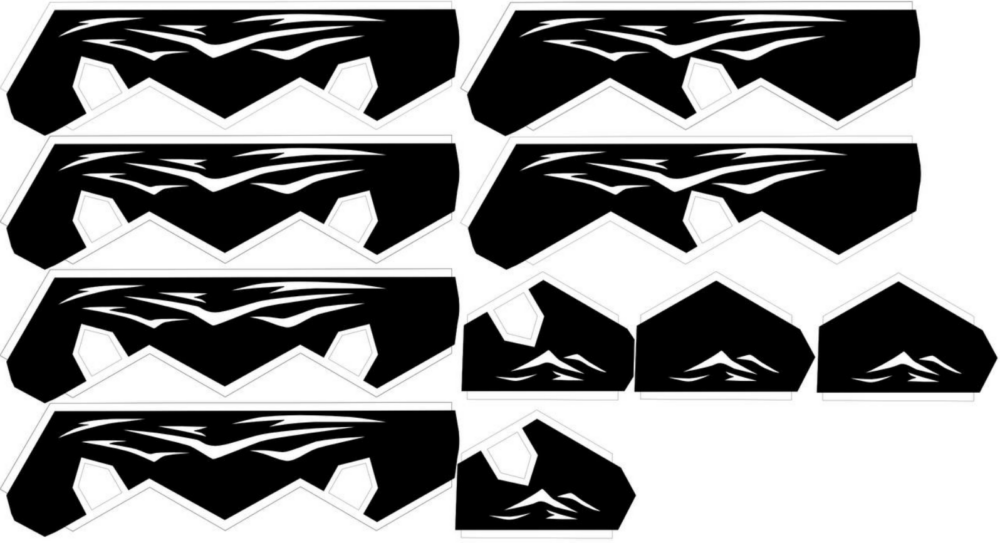
Harbors, Number Tiles, Longest Road and Largest Army:
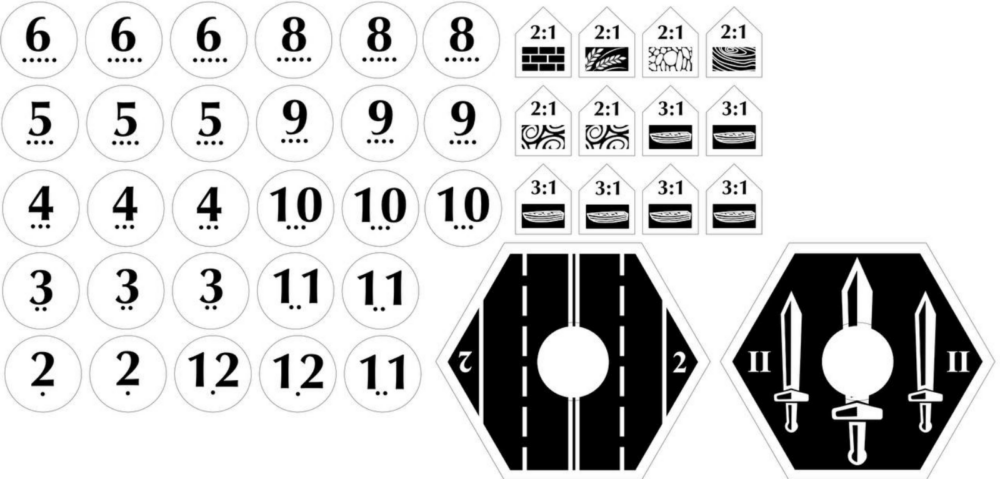 Resource Cards:
Resource Cards:
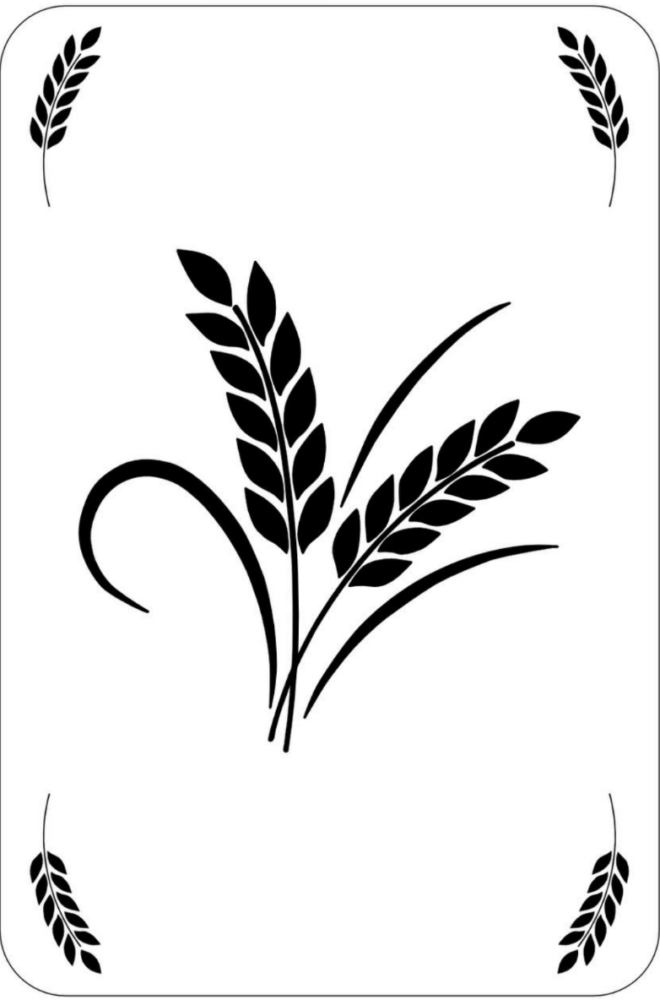
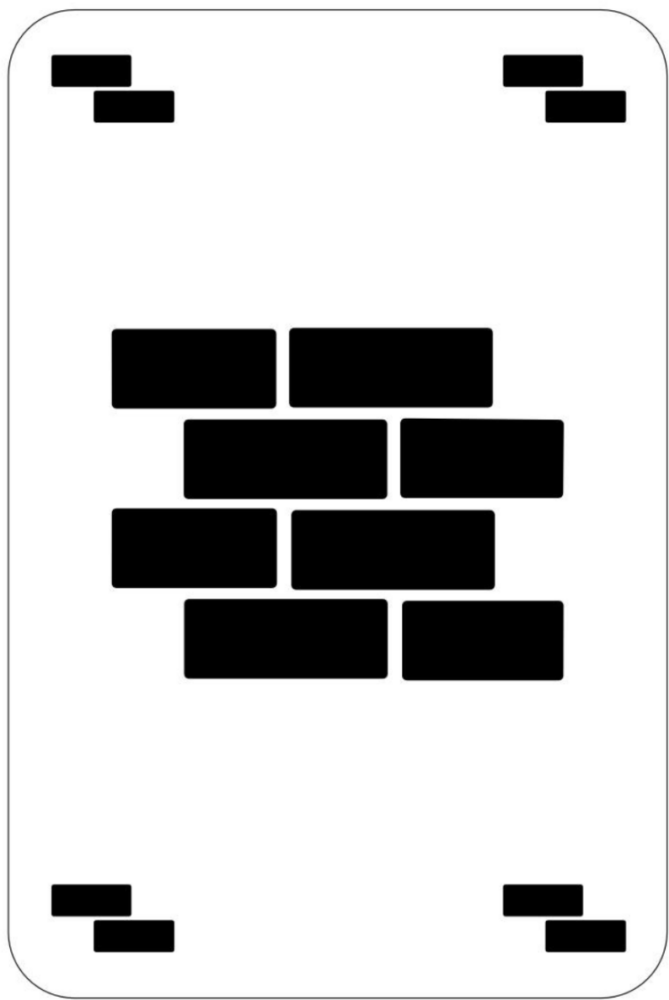
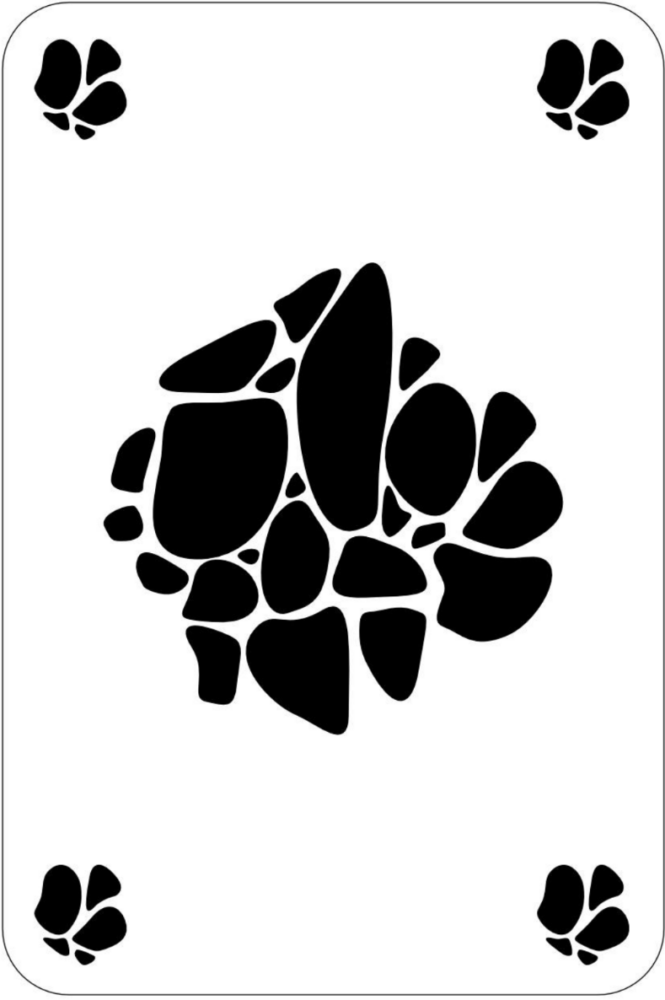
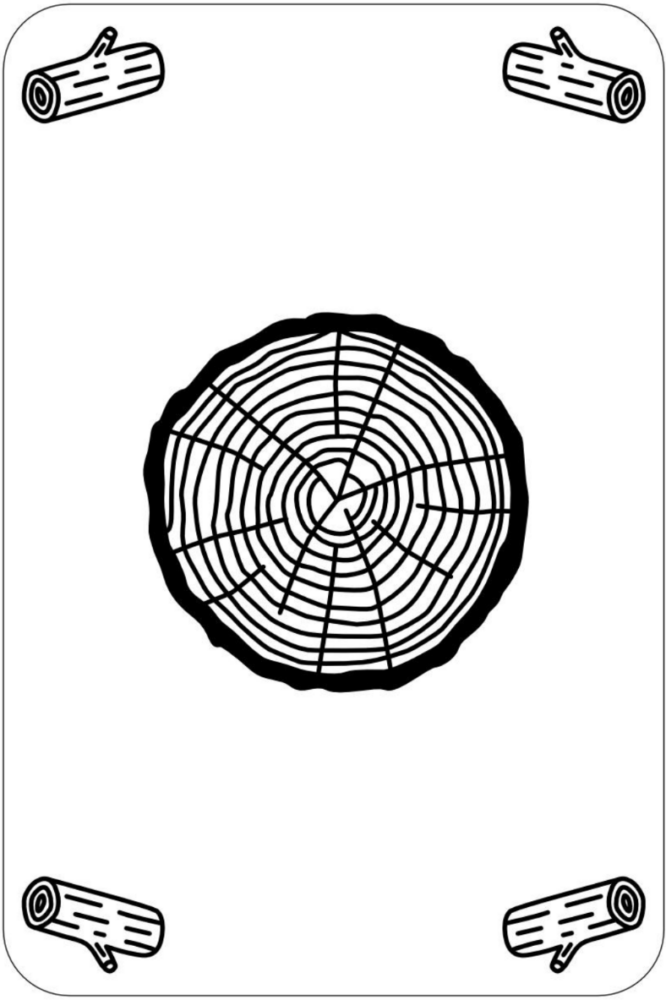
Wheat, Brick, Rock, Wood
I am still working on the resource card for wool.
Development Cards:
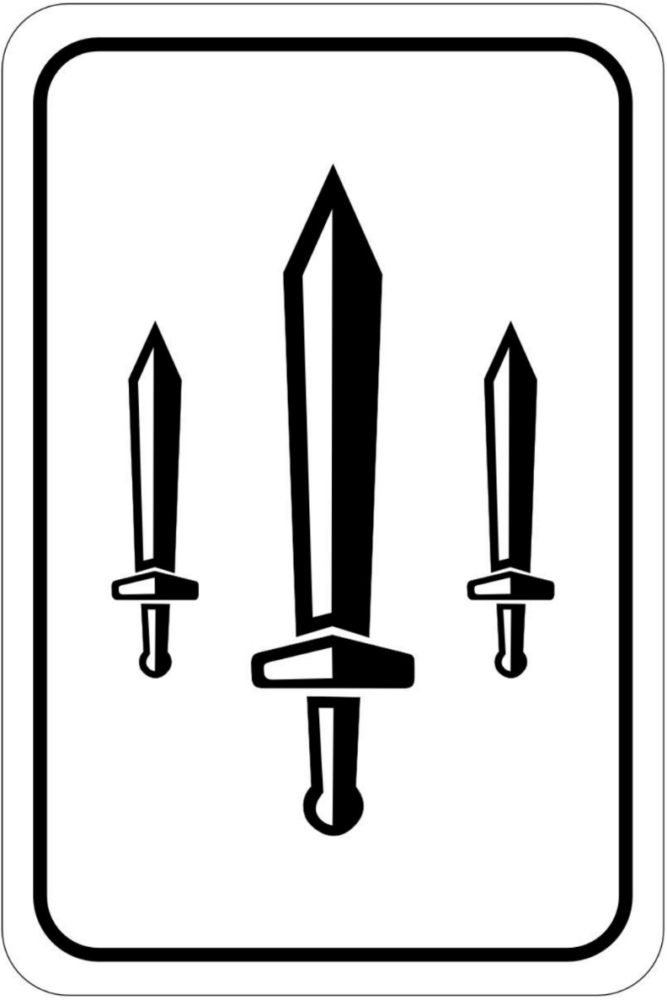
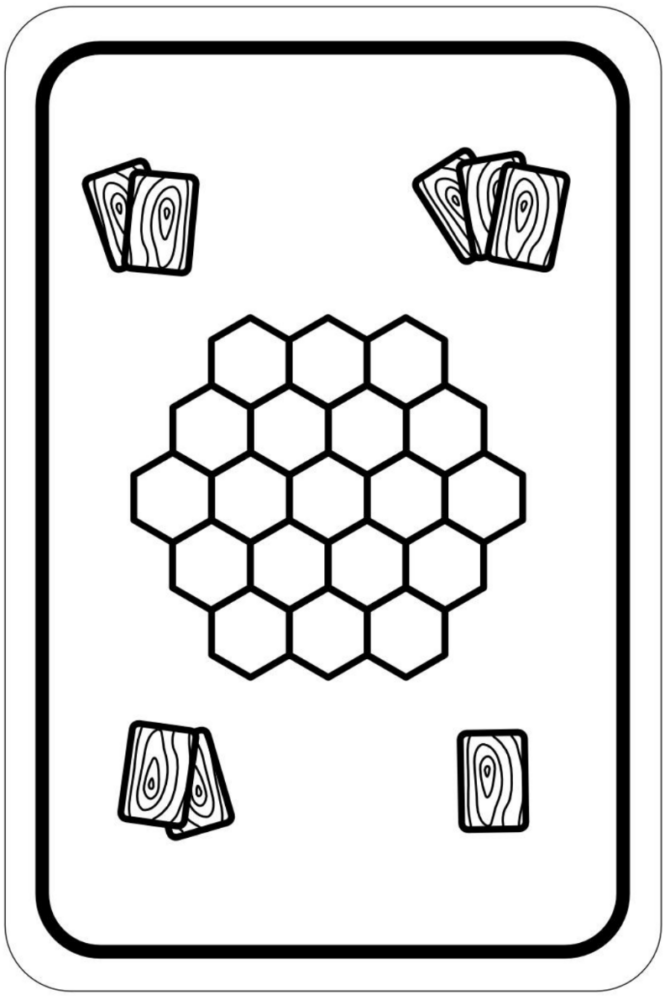
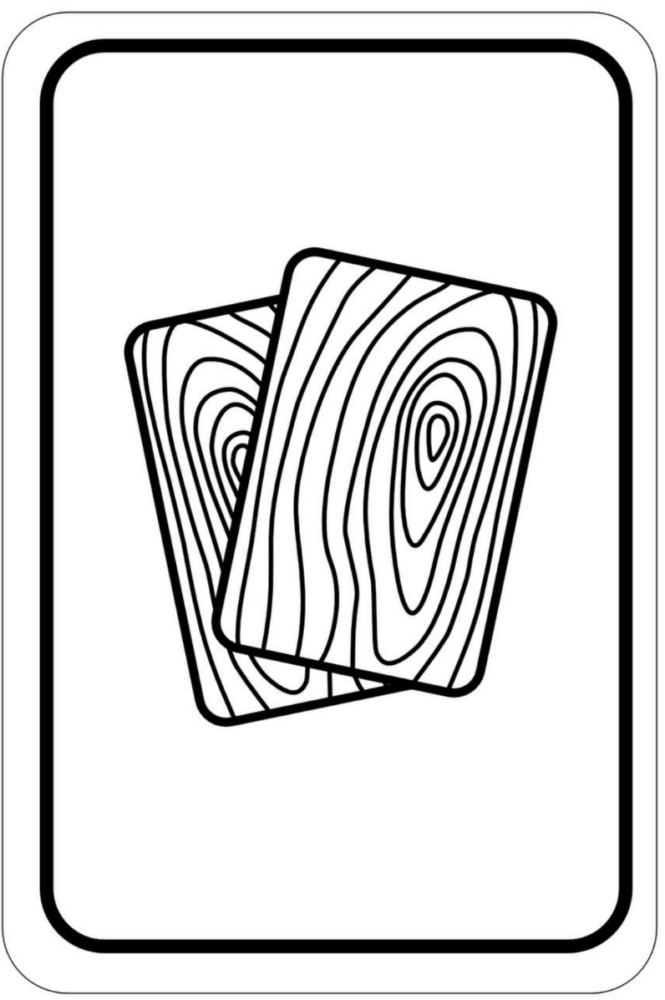
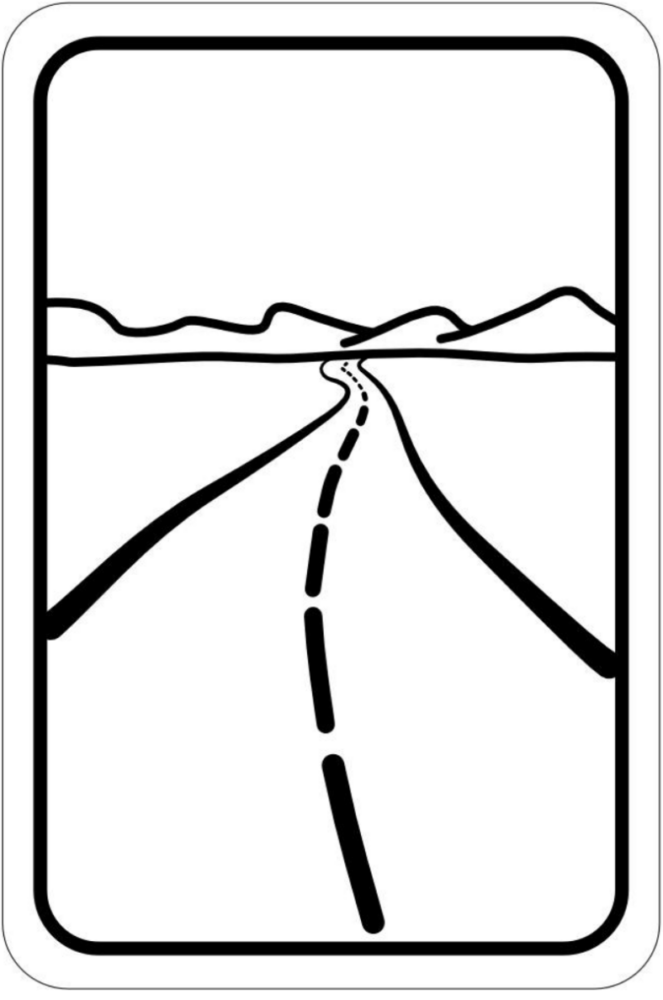
Knight, Monopoly, Year of Plenty, Road Builder
I haven’t finished designing the victory point cards.
Overall, I have made a lot of progress so far with my catan board. There are still a couple more designs I need to finish but for now I can get started with laser cutting and engraving my pieces. This is going to be an exciting but stressful step in my design.
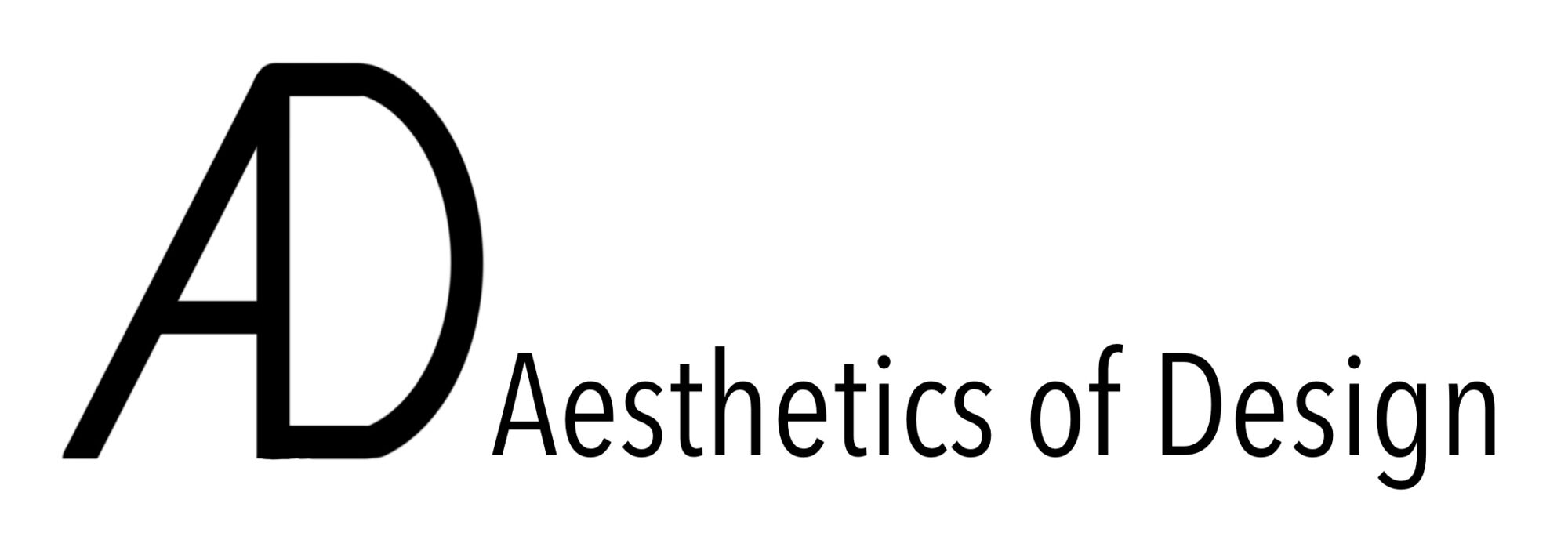
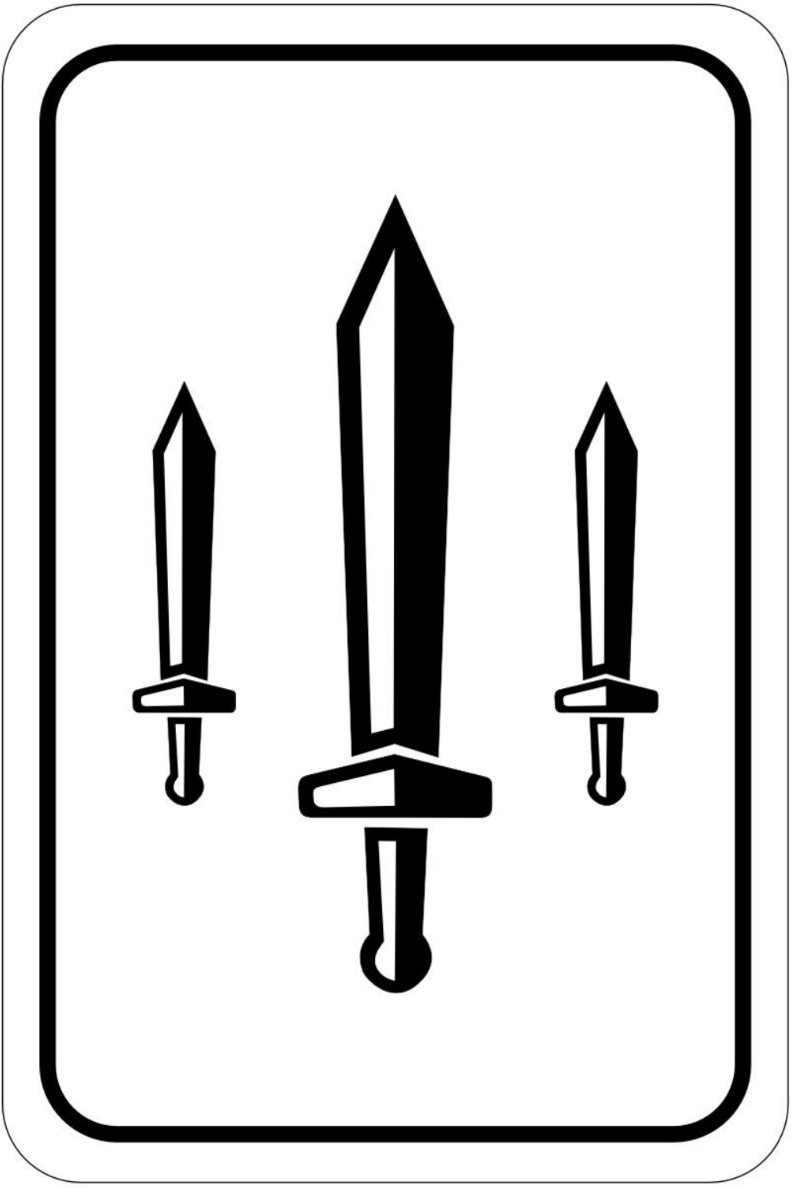
3 Comments. Leave new
Wow, Cole! This is an impressive project! Your attention to detail in selecting different wood types and in the design process really demonstrates your passion for creating a unique Catan board. I love how you’re concentrating on both the aesthetic and functional aspects of the game pieces. It’s exciting to see your progress with the roads, settlements, cities, and the dice. I can’t wait to see how they turn out after sanding and finishing! Keep up the great work, and I’m looking forward to seeing the final designs for the resource cards and development cards. Best of luck with the laser cutting; it sounds like an exciting step!
Hi Cole, awesome project! I really like that you created the designs yourself; I think they look great. I also admire the effort you are putting into making each piece individually. I look forward to seeing how the laser cutting and etching turns out!
This is super cool Cole! I can tell you have put a lot of effort into the details of your design, all the way down to the wood selection. There seems to be many small bits and pieces that are required for Catan, and it’s cool to see how you’ve developed each and every one of them to fit your rustic aesthetic. Will you also be designing a box to store all these pieces in?